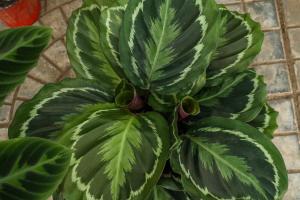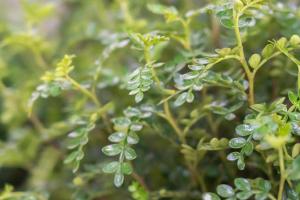How to Keep Potted Plants Outside in Winter
Winter is the toughest season for potted plants. The drastic drop in temperature, lack of sunlight, and dry indoor heating can wreak havoc on their health. However, with proper care and preparation, you can keep your potted plants thriving outdoors even in the coldest months. In this article, we will provide you with some tips on how to protect your potted plants from the harsh winter weather.
Choose Cold-Tolerant Plants
The first step in winterizing your potted plants is to choose cold-tolerant plants. Some plants can withstand freezing temperatures better than others. Some great examples of cold-tolerant plants include conifers, holly, and winterberry. Make sure to do your research before buying a plant, and select ones that are native to your region and have a hardiness zone of one lower than your area.
Protect The Roots
During the winter, the soil in your potted plants can become frozen and dry, which can cause damage to the roots. To prevent this from happening, wrap the pot with insulating materials such as bubble wrap or burlap. You can also place the pot on bricks or wood chips to elevate it above concrete or asphalt, which can suck the moisture out of the soil. Additionally, make sure to use a pot with drainage holes, so excess moisture can drain out and not freeze the roots.
Water Sparingly
In winter, potted plants need less water than they do in the warmer months. Overwatering can cause the roots to rot, so it is better to err on the side of underwatering. Water your plants when the top inch of soil is dry to the touch. When you water, do so in the morning, so any excess moisture can evaporate before the freezing temperatures set in at night. You can also use a moisture meter to monitor the soil's moisture level.
Provide Sunlight and Humidity
Even in winter, potted plants need sunlight and humidity to survive. If possible, place your plants in an area that gets a few hours of sunlight each day. You can also use fluorescent grow lights to supplement the natural light. To increase the humidity, mist the leaves with water once a week, or place a tray of water next to the plant. However, make sure the pot is not sitting in the water.
Watch for Signs of Damage
Even with your best efforts, some plants may still suffer from winter damage. Signs of winter damage include wilted or brown leaves, dead branches, or a brownish tint on the stem. If you notice any of these signs, remove the damaged parts immediately to prevent further damage. If the entire plant is affected, you may need to replace it in the spring.
Conclusion
Winter does not have to be the end of your potted plants' life. By following these tips, you can ensure that your plants survive the winter months and thrive again in the spring. Remember to choose cold-tolerant plants, protect the roots, water sparingly, provide sunlight and humidity, and watch for signs of damage. With a little care, your potted plants can be beautiful additions to your winter landscape.

 how many times do yo...
how many times do yo... how many planted tre...
how many planted tre... how many pine trees ...
how many pine trees ... how many pecan trees...
how many pecan trees... how many plants comp...
how many plants comp... how many plants can ...
how many plants can ... how many plants and ...
how many plants and ... how many pepper plan...
how many pepper plan...
































